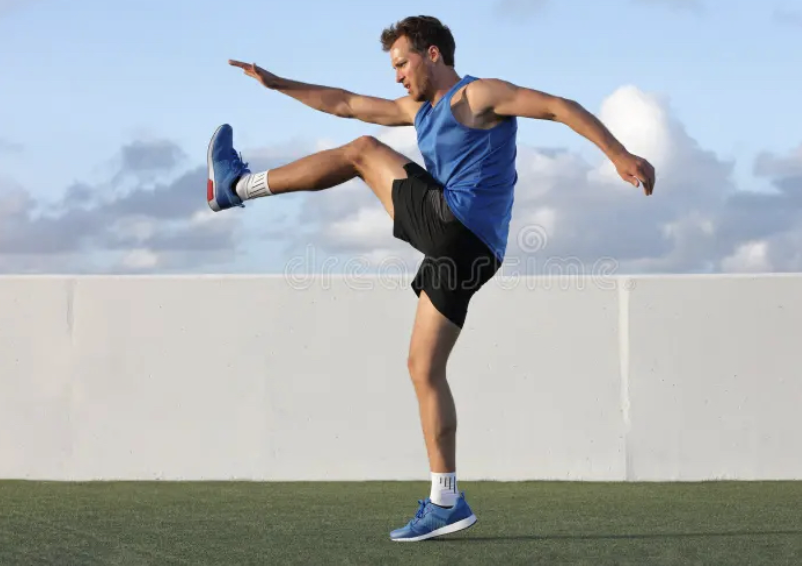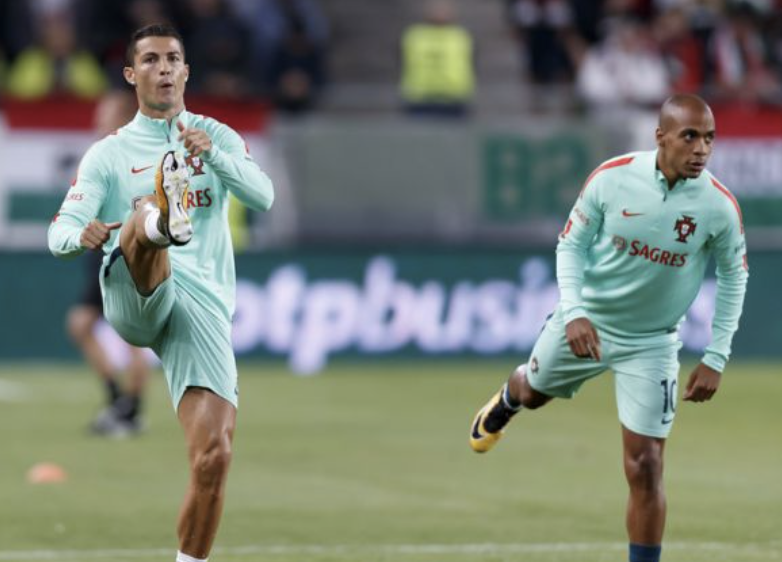For young soccer players, proper stretching is crucial for optimizing their performance on the field and reducing the risk of injuries. In this blog post, we will explore the two main types of stretching for youth soccer athletes: dynamic stretching and static stretching. By understanding the benefits and differences between these techniques, you can design an effective stretching routine specifically tailored to your soccer training sessions.



Dynamic Stretching
Dynamic stretching involves active movements that mimic the motions used in soccer. It is typically performed before training sessions or games to prepare the muscles and joints for the specific demands of the sport. Here’s how dynamic stretching can benefit young soccer athletes:
Enhanced Performance: Dynamic stretching helps improve agility, speed, and quickness, which are essential for soccer players to maneuver on the field and react swiftly to game situations.
Injury Prevention: By gradually increasing the range of motion and activating the muscles, dynamic stretching reduces the risk of muscle strains and other common soccer-related injuries.
Warm-Up: Dynamic stretching increases blood flow and elevates body temperature, effectively preparing the body for the physical demands of soccer activities.
Static Stretching
Static stretching involves holding a stretch position for a prolonged period without movement. While its effectiveness as a pre-activity warm-up routine has been debated, static stretching can still play a role in a soccer athlete’s routine when performed after physical exertion. Here’s how static stretching can benefit young soccer athletes:
Flexibility Improvement: Static stretching after soccer activities can help improve overall flexibility, allowing players to achieve a greater range of motion in their joints.
Muscle Recovery: Performing static stretches post-activity can aid in reducing muscle soreness and promoting muscle recovery, helping young soccer players bounce back faster for their next training session or game.
Designing an Effective Soccer Stretching Routine:
To create an effective stretching routine for young soccer athletes, it is recommended to combine dynamic stretching as part of the warm-up and static stretching during the cooldown phase. Here’s a suggested approach:
Example of a Warm-Up Routine
Jogging or Skipping: Begin with light jogging or skipping for a few minutes to elevate the heart rate and increase body temperature.
Joggling with a ball: This is a great way to warm up especially for our younger athletes. This exercise combines the benefits of dynamic stretching with ball control skills, making it a fun and effective warm-up activity. Joggling with a ball should be a must in our soccer athletes for these reasons:
- Increased Body Awareness
- Dynamic Muscular Engagement
- Improved Ball Control
- Cardiovascular Warm-Up
Dynamic Stretches: Perform dynamic stretching exercises that target the lower body, such as high knees, butt kicks, walking lunges, and lateral leg swings. Include upper body movements like arm circles and shoulder rotations to ensure a comprehensive warm-up.
Soccer-Specific Movements: Incorporate dynamic movements that mimic soccer actions, such as dribbling with controlled movements, quick changes of direction, and short sprints.
Example of a Cooldown Routine
Light Jogging or Walking: Engage in a gentle jog or walk for a few minutes to gradually bring the heart rate down.
Static Stretches: Focus on stretching major muscle groups used in soccer, including the quadriceps, hamstrings, calves, hip flexors, and groin. Hold each stretch for 15-30 seconds without bouncing or overexerting.
Deep Breathing or Relaxation Techniques: Encourage young athletes to engage in deep breathing exercises or relaxation techniques to promote mental and physical relaxation.
In summary, incorporating both dynamic and static stretching into the warm-up and cooldown routines for young soccer athletes is essential for maximizing performance and minimizing the risk of injuries. Dynamic stretching prepares the body for the specific movements required in soccer, while static stretching after activity promotes flexibility and aids in muscle recovery. By implementing a well-rounded stretching routine tailored to the demands of soccer, young athletes can enhance their soccer skills, stay injury-free, and enjoy the game to its fullest potential.
Find more information at:
American College of Sports Medicine (ACSM)
National Strength and Conditioning Association (NSCA)

